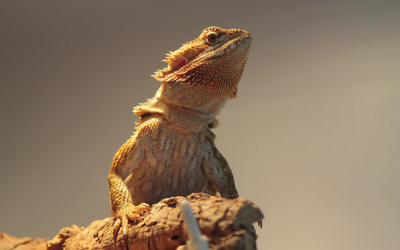Bearded Dragon Habitat
American Smoothie Bearded Dragon
Bathing your dragon is not an absolute requirement, but soaking them in lukewarm water 2-3 times per week will help them defecate. When they shed, they do so in several pieces over a couple days. Frequency of shedding depends on diet and time of year.
Bearded Dragon Habitat
New Bearded Dragon Care
You must set up your habitat before you can bring the bearded dragon home. You must ensure that the bearded dragon has heat, food, and ultraviolet light. It is important to inspect equipment, particularly the ultraviolet light and basking pad. It is important to maintain a constant temperature throughout the day. But, it is also important to keep the humidity low.
Fancy Bearded Dragon Colors
The skin of a bearded dragon is extremely rough and can cause severe scratches if it is not handled properly. Once acclimatized, the reptile will be more friendly and easier to handle. To prevent minor scrapes and cuts, it is a good idea to wear long sleeves or light gloves when handling the beardie. Remember that all reptiles can be infected by Salmonella bacteria. This can lead to severe illness.


Bearded Dragon Care Lighting
Alone, Bearded Dragons are happy and friendly lizards. They will occasionally hide, but are content to frequently change back and forth between their basking-spot and shade. It is possible for Bearded Dragons to go through a brumation period where they eat slightly less regularly and sleep for two weeks to four months. Many breeders will send their dragons through brumation before sexing. This can be achieved by keeping the tank at 60℉-75℉ for 4-6 weeks and gradually increasing the temperature with time.
Young Bearded Dragon Care
“It could be. But you need to understand exaclty what is happening among these 3 possibilities:When shedding begins, sometimes the first visible sign is a whitening or greying of the outer skin, as it starts detaching from the body. Usually the dragon is lighter in color than it was previously.Another reason could be that the dragon is cold! and it turns greyish in an attempt to absorb more solar radiation. The dragon is darker in color than it was previously.And finally, your dragon might be turning slightly grey simply because he is getting old, although this change should not be as drastic as the other two.


Cool Bearded Dragon Facts
When cleaning their tank, you should fully remove and replace the substrate each week. Newspaper and paper towels are far easier to replace than sand. If there is old-food, feces, or spilled water on the substrate, spot clean this daily. When checking and cleaning out your dragon’s waste, you should look for any abnormalities. A Bearded Dragon’s normal feces should be brown and pelleted, and there should also be a semisolid urate as well.
Can Bearded Dragons Get Water In Their Ears
Beardies shed their skin in large pieces. There's no rule as to how often it happens, but younger dragons do shed more than older dragons. Shedding problems can usually be corrected by improving their environment, but always ask the advice of a specialist reptile vet if you have any problems.
